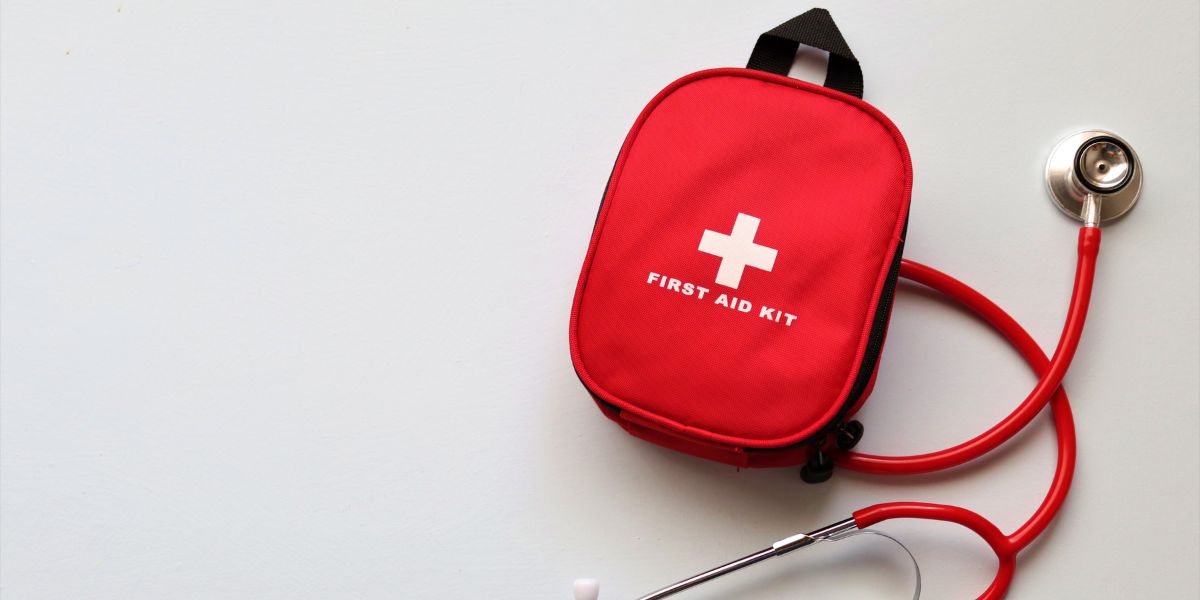
Model kits offer a unique perspective on human anatomy that textbooks alone can't provide. They allow you to explore the intricacies of the human body in a tangible way, fostering a deeper understanding of how different structures interact and function. As you construct these models, you'll uncover hidden connections and gain insights that traditional learning methods might not offer. So, why not take a closer look at how model kits can revolutionize your understanding of human anatomy?
Benefits of Using Model Kits
To gain a deeper understanding of human anatomy, utilizing model kits provides a hands-on and visual learning experience that enhances retention and comprehension. By physically assembling the various parts of the human body, you engage multiple senses simultaneously, reinforcing your memory of anatomical structures. The tactile experience of piecing together bones, organs, and muscles helps solidify your knowledge in a way that simply reading about them cannot.
Furthermore, model kits offer a three-dimensional perspective that textbooks or videos often lack. Seeing how different body parts fit together in a realistic manner helps you grasp spatial relationships and proportions more effectively. This visual aid can be especially beneficial when studying complex anatomical systems like the nervous or cardiovascular system.
Moreover, using model kits encourages active participation in the learning process. Instead of passively absorbing information, you're actively involved in constructing and exploring the intricacies of the human body. This hands-on approach fosters a deeper connection to the subject matter, leading to improved understanding and long-term retention of anatomical concepts.
Interactive Learning Opportunities
Engaging with interactive learning opportunities through model kits enhances your understanding of human anatomy beyond traditional methods. By physically assembling the different parts of the human body, you actively participate in the learning process. This hands-on approach allows you to not only see but also feel the connections between bones, muscles, organs, and other structures. As you manipulate the pieces and put them together, you develop a deeper appreciation for the complexity and functionality of the human body.
Moreover, interactive learning through model kits promotes a multi-sensory experience. You can touch and examine each component closely, helping you internalize the spatial relationships between anatomical structures. This tactile engagement can significantly improve your retention and comprehension compared to passive learning methods. Furthermore, by actively engaging with the model kits, you can ask questions, seek answers, and experiment with different arrangements, fostering a more interactive and dynamic learning environment.
Visualization of Human Anatomy
Enhance your understanding of human anatomy through the visual representation of anatomical structures. Visualizing human anatomy can provide a clearer insight into the complexities of the human body. By utilizing tools like anatomical models or virtual programs, you can observe the spatial relationships between organs, bones, muscles, and other structures in a way that textbooks or lectures may not fully convey.
Through visualization, you can see how different parts of the body interact and work together, enhancing your comprehension of physiological processes. For example, observing a 3D model of the heart can help you understand its chambers, valves, and how blood flows through it, making concepts like circulation more tangible and easier to grasp.
Furthermore, visual aids can assist in memorization by associating visual cues with anatomical terms or concepts. This can improve your ability to recall information during tests or clinical practice. Overall, incorporating visual aids into your study of human anatomy can be a valuable tool in deepening your understanding and retention of anatomical knowledge.
Enhancing Understanding and Retention
By incorporating visual aids like anatomical models or virtual programs, you can significantly improve your understanding and retention of human anatomy. These tools provide a three-dimensional representation of the body's structures, allowing you to visualize how different parts relate to each other. When you can see and touch these models, it helps solidify your knowledge by engaging multiple senses, making the information more memorable.
Furthermore, utilizing interactive virtual programs enhances your learning experience by offering dynamic visuals and quizzes that test your understanding. These programs often provide instant feedback, reinforcing correct information and correcting misconceptions. By actively participating in these virtual experiences, you're actively engaging with the material, which can lead to better retention and comprehension.
Incorporating these tools into your study routine can make complex anatomical concepts more digestible and easier to remember. Whether you're a student studying anatomy for the first time or a healthcare professional looking to refresh your knowledge, these aids can be invaluable in enhancing your understanding and retention of human anatomy.




